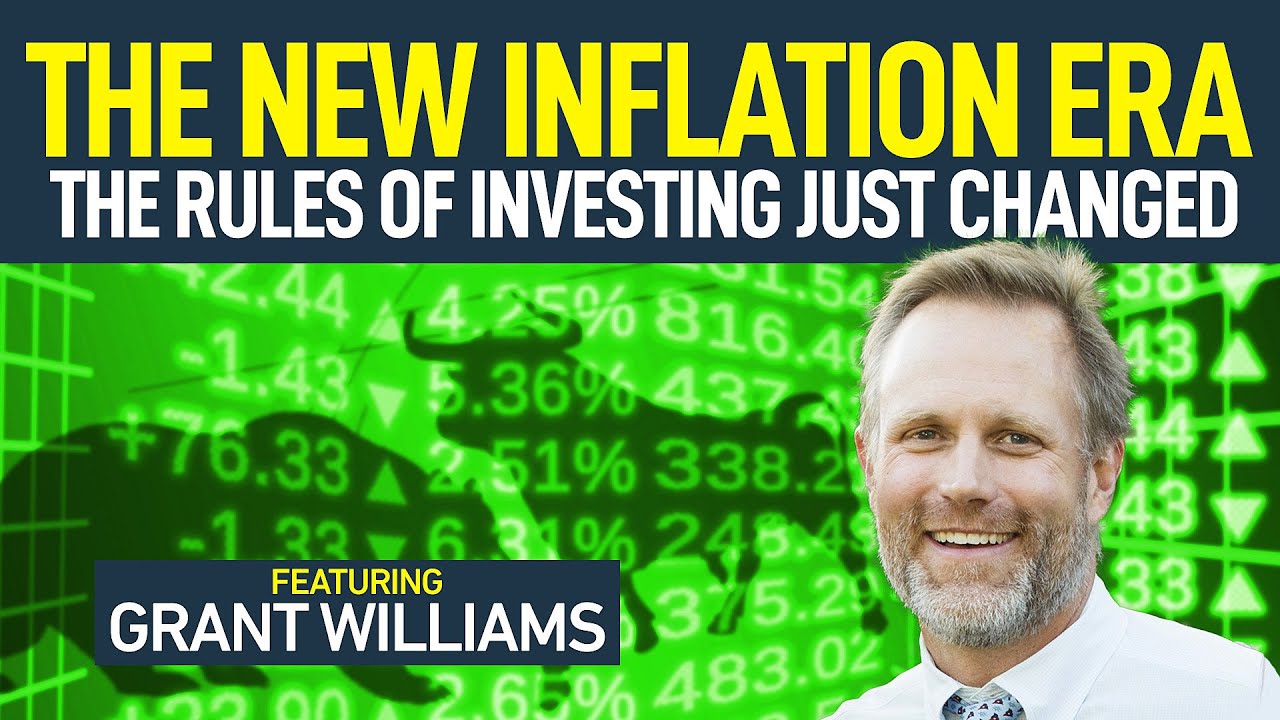For decades now, interest rates have plummeted, bringing the cost of borrowing to all-time lows.
Over the same period, the digital revolution has brought down operating costs faster than at any time in human history.
This secular deflation in the financing and operation of businesses has been one of the largest defining economic trends of the past half century.
But it has come to an end, predicts Grant Williams, publisher of the Things That Make You Go Hmmm… newsletter and co-founder of Real Vision.
The events of 2020 have dramatically accelerated a reversal from the past decades of deflation into a new future of secular inflation. And that means the rules of investing have just changed, as the playbooks for those two environments are extremely different.
Not only will many of today’s investors be caught flat-footed by this reversal, but so will our financial “experts” warns Grant. It has been so long since we’ve experienced sustained inflation that very few fund managers, traders and stock brokers are left who have the expertise to know how to handle it.
Which is why now, more than ever, is the time to partner with a financial advisor who understands the risks in play, can craft an appropriate portfolio strategy for you given your needs, and apply sound risk management protection where appropriate:
Anyone interested in scheduling a free consultation and portfolio review with Mike Preston and John Llodra and their team at New Harbor Financial can do so by clicking here.
And if you’re one of the many readers brand new to Peak Prosperity over the past few months, we strongly urge you get your financial situation in order in parallel with your ongoing physical coronavirus preparations.
We recommend you do so in partnership with a professional financial advisor who understands the macro risks to the market that we discuss on this website. If you’ve already got one, great.
But if not, consider talking to the team at New Harbor. We’ve set up this ‘free consultation’ relationship with them to help folks exactly like you.
This is a companion discussion topic for the original entry at https://peakprosperity.com/grant-williams-the-rules-of-investing-have-just-changed/

